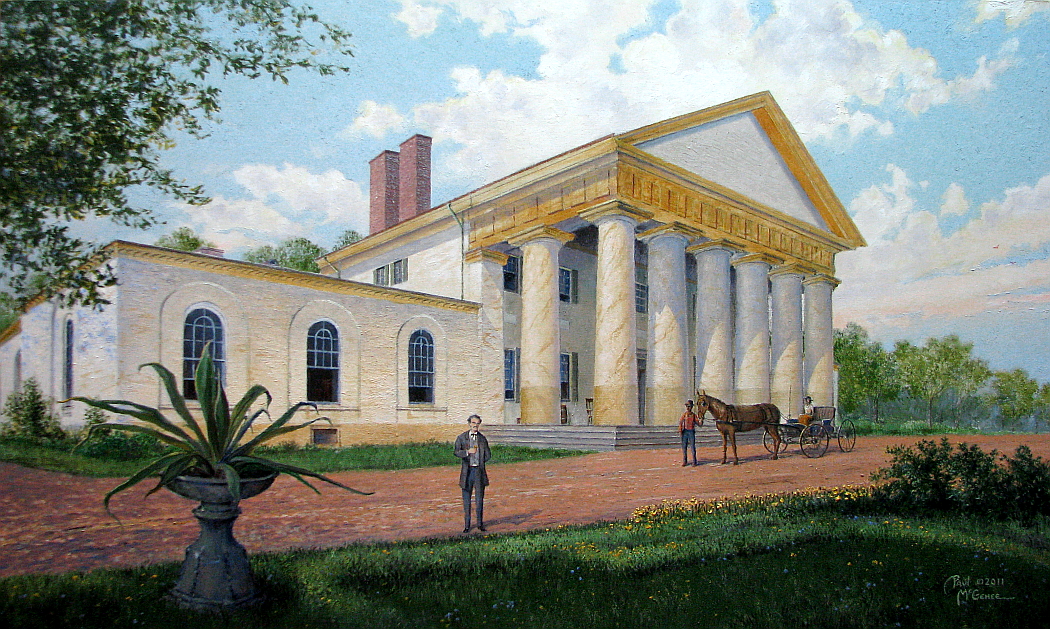Via
Carl Tommy Miller
The fight over Robert E. Lee’s beloved home—seized by the U.S. government during the Civil War—went on for decades
One afternoon in May 1861, a young Union Army officer went rushing into the mansion that commanded the hills across the Potomac River from Washington, D.C. "You must pack up all you value immediately and send it off in the morning," Lt. Orton Williams told Mary Custis Lee, wife of Robert E. Lee, who was away mobilizing Virginia's military forces as the country hurtled toward the bloodiest war in its history.
Mary Lee dreaded the thought of abandoning Arlington, the 1,100-acre estate she had inherited from her father, George Washington Parke Custis, upon his death in 1857. Custis, the grandson of Martha Washington, had been adopted by George Washington when Custis' father died in 1781. Beginning in 1802, as the new nation's capital took form across the river, Custis started building Arlington, his showplace mansion. Probably modeled after the Temple of Hephaestus in Athens, the columned house floated among the Virginia hills as if it had been there forever, peering down upon the half-finished capital at its feet. When Custis died, Arlington passed to Mary Lee, his only surviving child, who had grown up, married and raised seven children and buried her parents there. In correspondence, her husband referred to the place as "our dear home," the spot "where my attachments are more strongly placed than at any other place in the world." If possible, his wife felt an even stronger attachment to the property.







